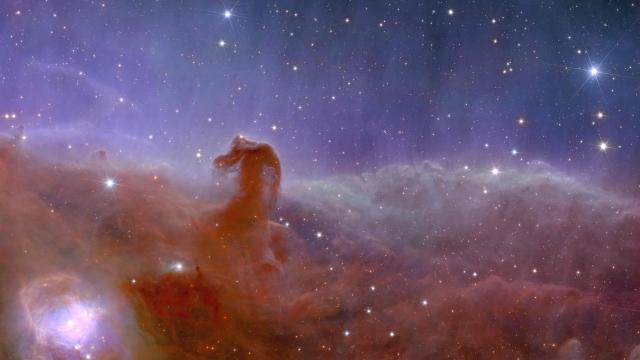Space is an inky black yonder… but for the countless light sources that pepper the billions of light-years that human instruments can see. Thanks to ground-based telescopes and observatories parked millions of miles from Earth, 2023 has been a terrific year for space imagery. Astronomers captured fascinating new views of globular clusters, star systems, and even the planets in our own cosmic backyard. Click through to see our favourite space images from this year.
Rho Ophiuchi
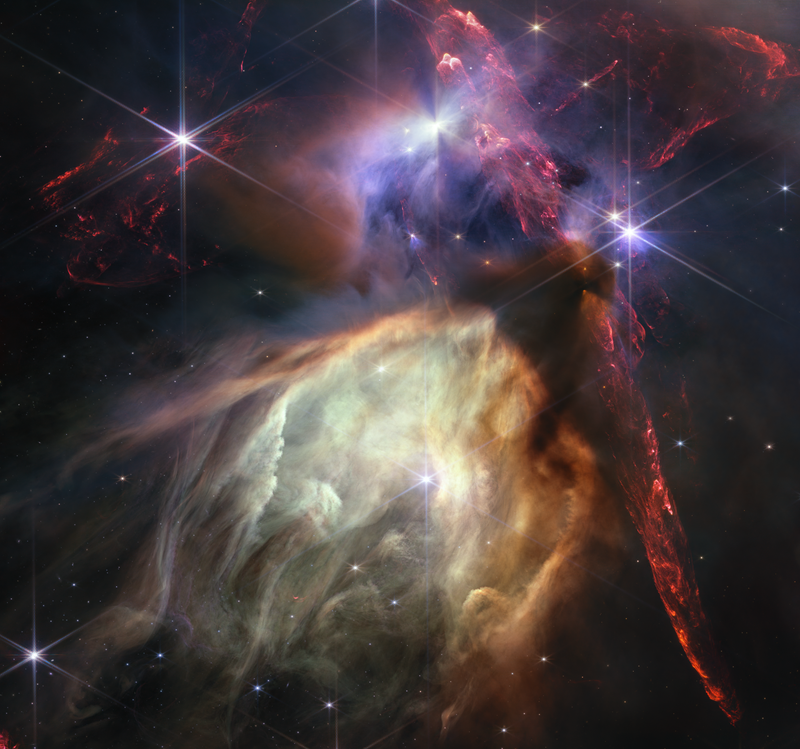
This is not a giant alien, though you’d be forgiven for thinking so. It’s Rho Ophiuchi, the closest star-forming region to Earth, imaged by the Webb Space Telescope. Those colors! The textures! Fantastic.
‘Mothra’ and a ‘Christmas Tree’
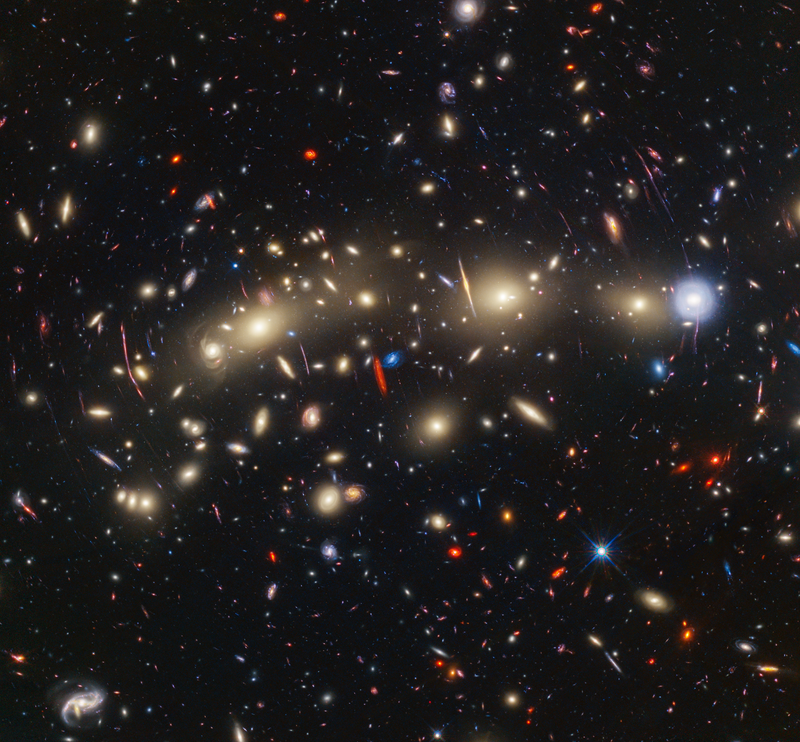
A panchromatic view of the galaxy cluster MACS0416—a group of galaxies that sits about 4.3 billion light-years from Earth—was captured with data from the Webb and Hubble space telescopes. The cluster is nicknamed the Christmas Tree Galaxy Cluster for its smattering of colour, and it features a star named Mothra, which you can read about here.
The Euclid Telescope’s First Images
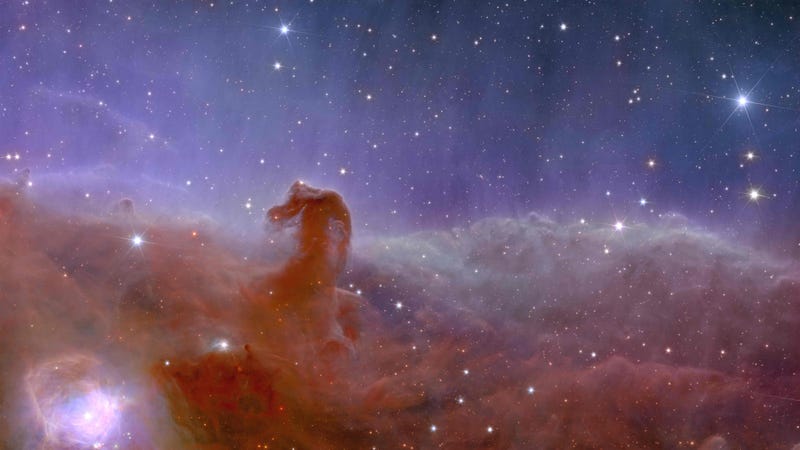
The Euclid Space Telescope revealed its first scientific images this year, including the spellbinding shot of the iconic Horsehead Nebula above. You can read more about Euclid’s goals here.
Orion Bar

A section of the Orion Nebula is seen here by Webb’s NIRCam. The region is called the Orion Bar, and it contains a carbon-based molecule never-before-seen in a protoplanetary disk.
A Cotton Candy Jupiter
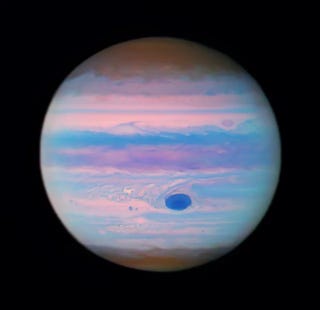
Earlier this year, the Hubble Space Telescope captured a spellbinding image of Jupiter. The largest planet in our solar system is typically a vibrant orange and white, but here—in ultraviolet light—the gas giant is a luminous pink and blue.
A Skeletal Hand in Space
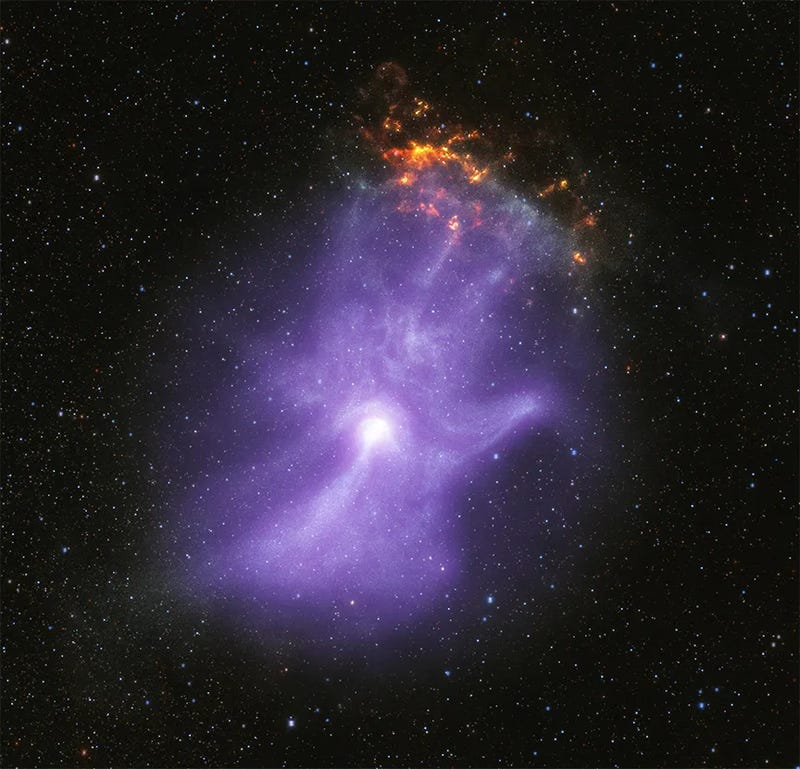
Behold, an eerie spectral space hand. Okay, it’s actually a pulsar wind nebula some 16,000 light-years from Earth, seen thanks to data from the Chandra X-ray Observatory and NASA’s Imaging X-ray Polarimetry Explorer (IXPE). NASA shared this image on Halloween—perfectly reasonable, given the nebula’s creepy resemblance to an outstretched hand.
Uranus’ Aurora
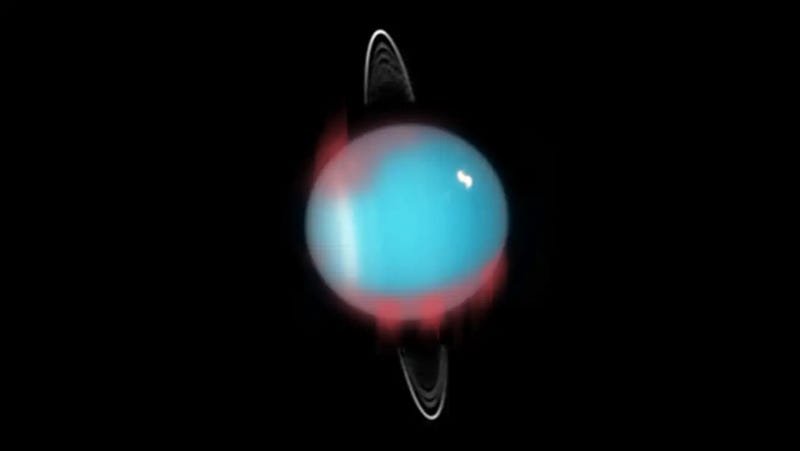
That’s right. Uranus has an infrared aurora, which arises from the gases on the planet interacting with charged particles. This image comes from the Keck II telescope in Hawaii.
A Shell Galaxy
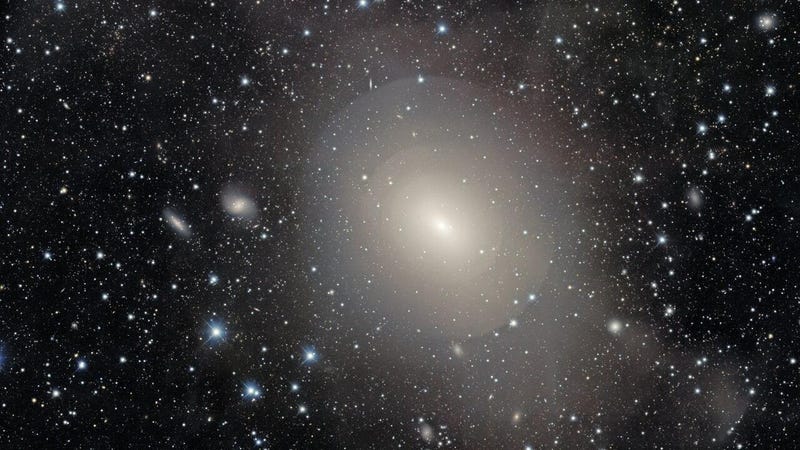
NGC 3923—or a “galactic onion,” as we termed it back in September—is a galaxy noticeable for the concentric rings in its galactic halo. You can read more about the unique galactic structure here. This image comes from the Dark Energy Camera on the Víctor M. Blanco 4-meter Telescope in Chile.
Video of a Stellar Eruption

This is a timelapse of an outburst by Eta Carinae, a star system about 7,500 light-years from Earth. The video is a compilation of frames by the Chandra X-ray Observatory taken in 1999, 2003, 2009, 2014, and 2020, but new findings about the X-rays only were revealed this year. You can read more about the new research here.
Outflows of a Protostar
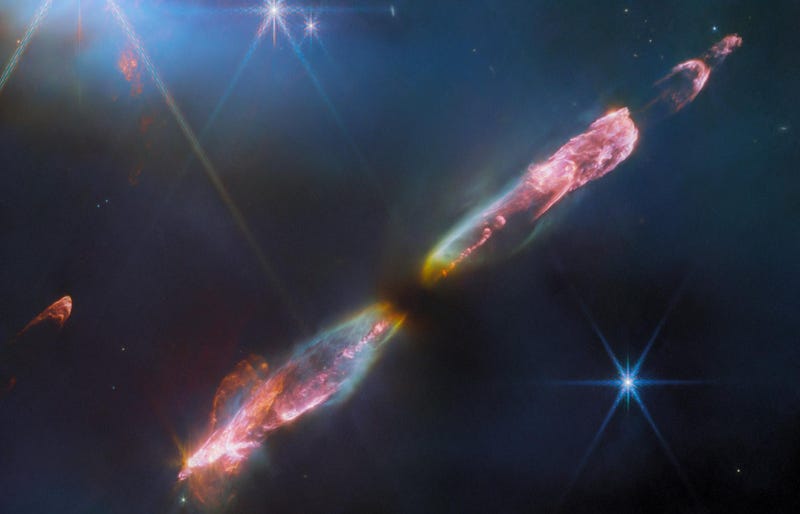
The Webb Space Telescope captured this ethereal view of Herbig-Haro 211, showing bipolar jets that spew material out from a star about 1,000 light-years away. The star is not visible in this near-infrared view, but the jets are, in all their voluminous glory.
A Galaxy’s ‘Polar Ring’
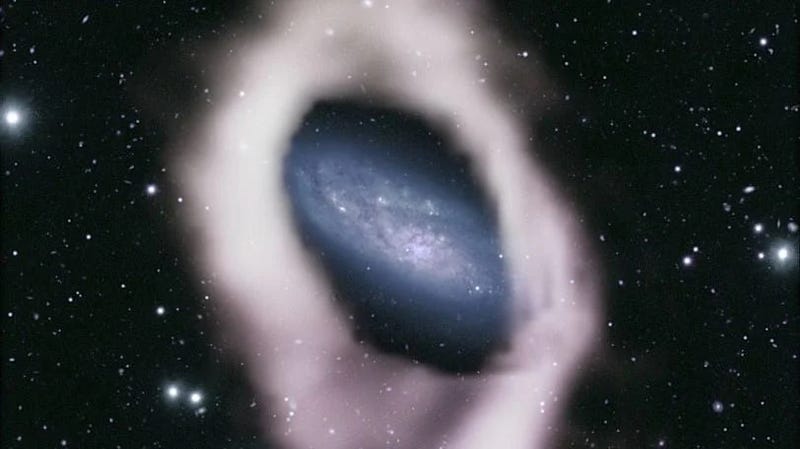
This composite images shows the likely location of a gaseous ring of hydrogen that orbits a galaxy perpendicular to its plane. The ‘polar ring’ could arise in a couple theorised ways, but researchers will need to study more galaxies to understand the prominence of such structures in the universe.
A Deep Field in Motion
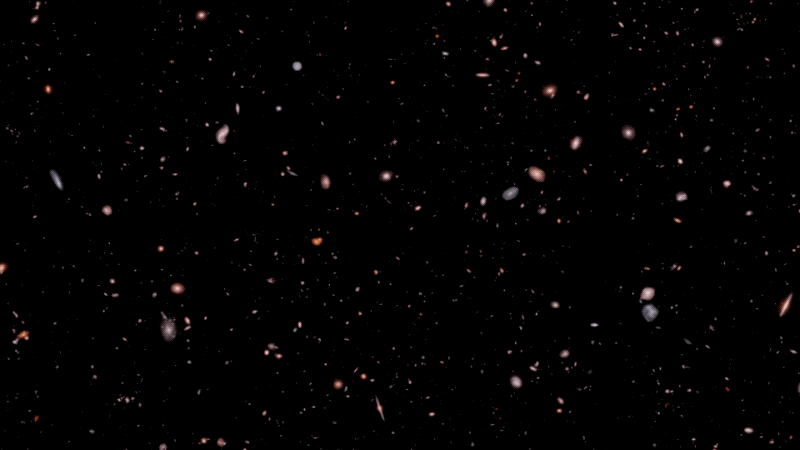
This visualisation of the CEERS (Cosmic Evolution Early Release Science Survey) deep field flies you through ancient galaxies. The video ends near Maisie’s Galaxy, one of the most distant galaxies seen by Webb and about 13.4 billion years old.
A Dazzling Globular Cluster

Though the Webb Space Telescope tends to get the headlines, this mesmerising shot was taken by the aging Hubble Space Telescope. It depicts hundreds of thousands of stars in the globular cluster Terzan 12, above 15,000 light-years from Earth.
The Ring Nebula (Two-for-One!)
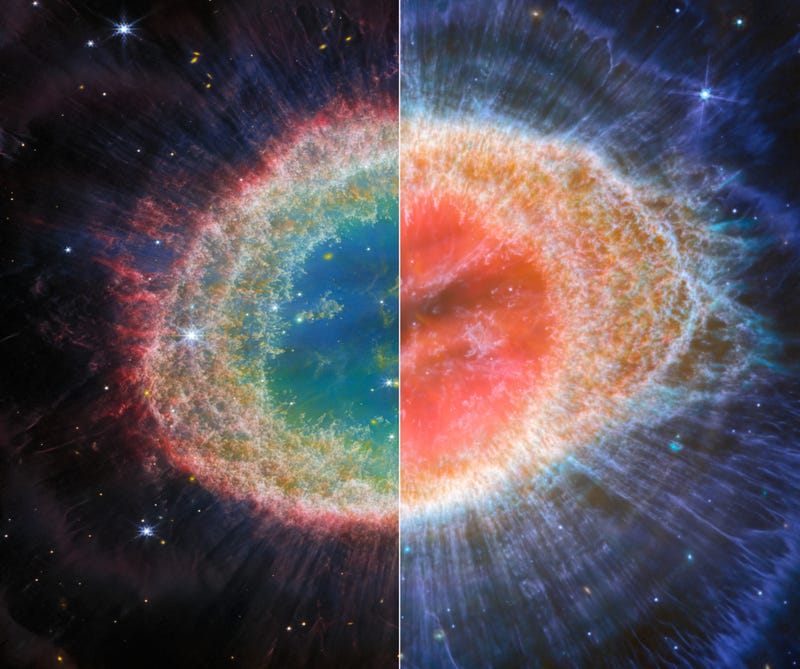
This remarkable image published in August depicts views of the Ring Nebula (NGC 6720) taken by the space observatory’s NIRCam (left) and MIRI (right) instruments. This showcases how the Webb data is colourised—they are “representative colour” images, in which certain filters were used to highlight particular aspects of the nebula.
The Milky Way’s Heart
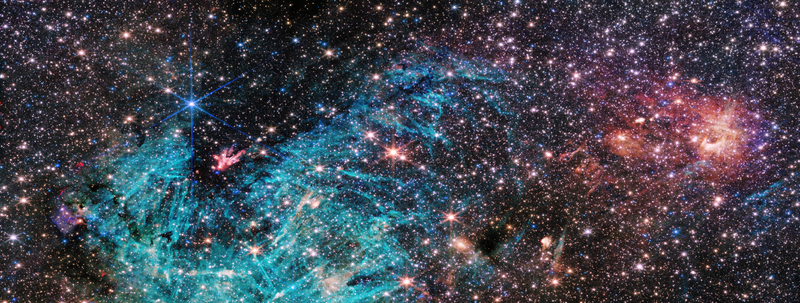
Webb recorded a 50-light-year-wide swath of the Milky Way’s centre, shining with half a million stars.
Rings Around Uranus
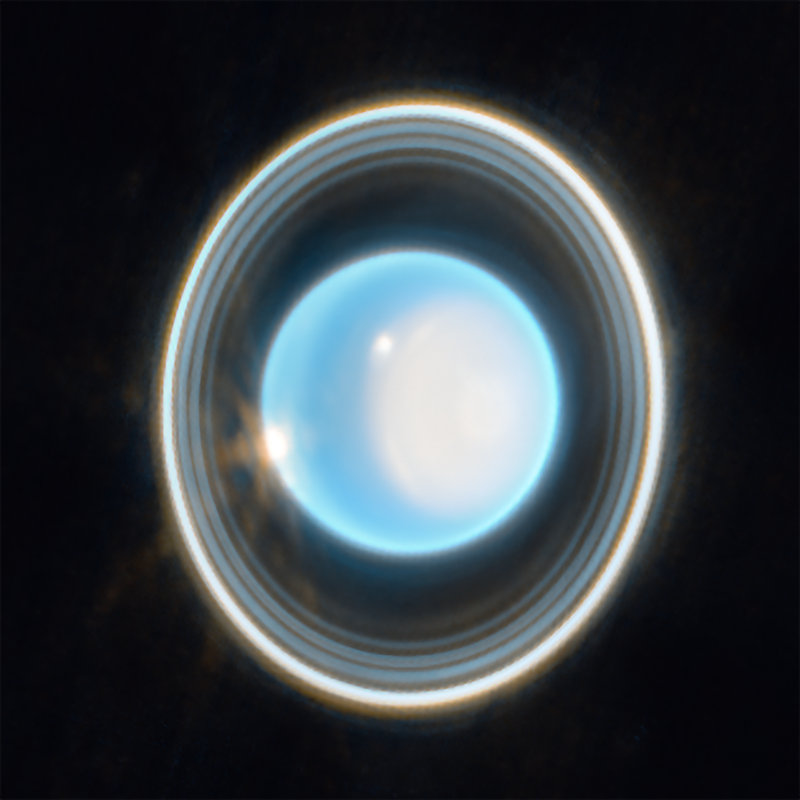
That’s right: Uranus has rings. The concentric structures—seen here in a Webb Space Telescope image—encircle the planet but aren’t easily seen (though Hubble imaged them before.) Uranus actually has 13 rings, but only 11 are visible in this Webb image.
Wolf-Rayet 124
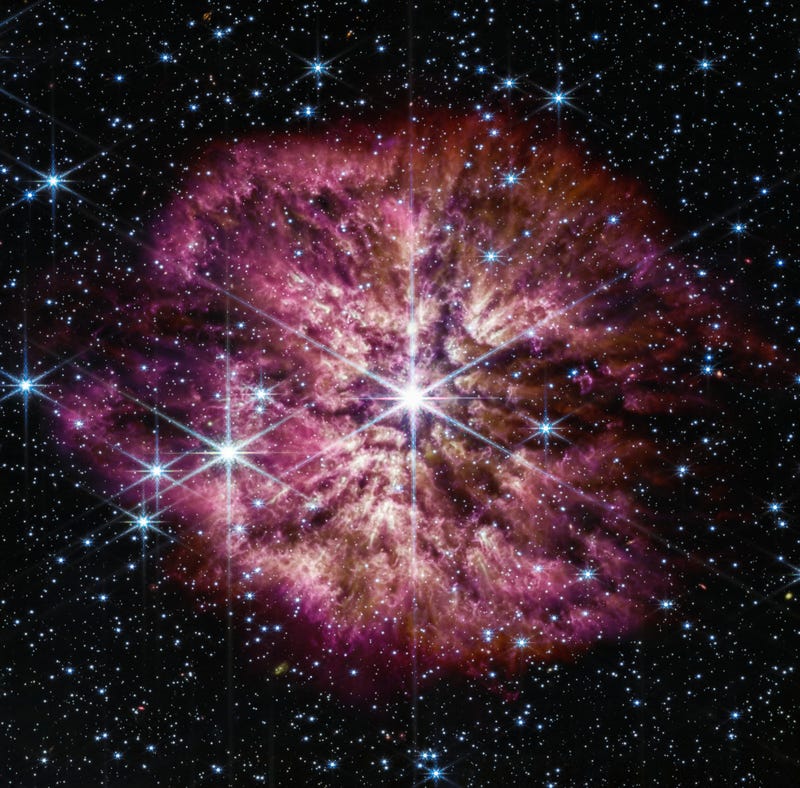
A composite near- and mid-infrared image of an ancient and massive star. As the star ages, it is rapidly losing mass, likely culminating in a supernova—an explosive stellar death—down the line. It was imaged by the Webb Space Telescope in March.
